How and what to feed strawberries in the fall?
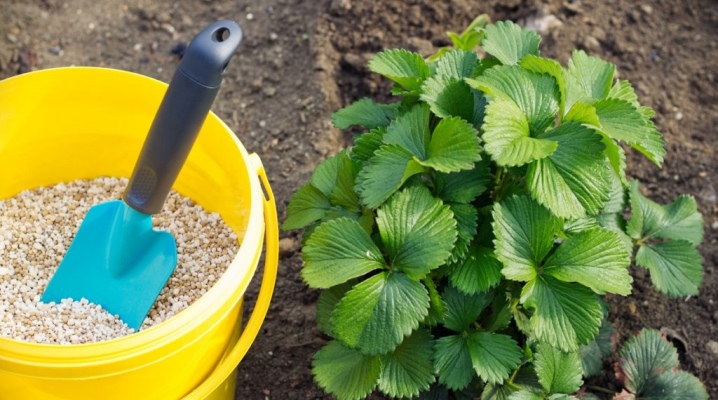
Strawberries are a popular garden crop. However, not all gardeners manage to ensure its sustainable harvest for many years. You can often hear that the bushes have aged, no less widespread is the opinion about the degeneration of garden strawberries, when they supposedly return to their natural state as a result of the cold winter suffered. There are fewer berries on such plants, while their size also decreases. What's the matter? And the matter turns out to be care, feeding is especially important, ignoring which you can doom garden strawberries to annual stress and premature aging.
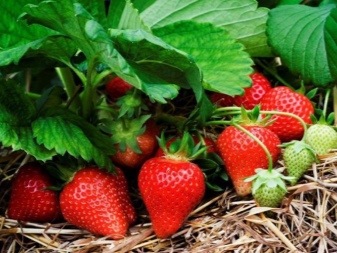

Why apply top dressing?
Horticultural crops differ significantly from their wild relatives. Strawberries are no exception. The fruits are much, sometimes tens of times, larger, usually there are much more of them, and the fruiting times are longer, and in remontant varieties this process can continue until the first snow.
The abundance and size of fruits necessitate annual feeding, and if this is not done, the yield in 2-3 years will actually approach that characteristic of wild strawberries growing in natural conditions (3-5 berries).
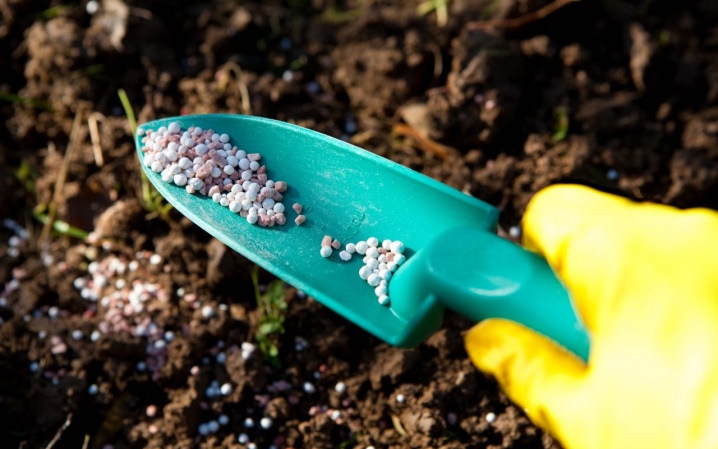
Without top dressing, any of the modern varieties behaves the same way. Berries become smaller, and their number decreases... The fibrous root system quickly draws out the substances it needs from the upper soil layer, and since there is no main root that could grow into deeper layers, feeding from them is impossible. Experiments with planting other plants will not give anything, in a year or two everything will be repeated again.
Only timely feeding with mineral and organic fertilizers can save the situation. Autumn feeding is especially important, since plants need to prepare for winter in order to survive it without loss and start the next equally abundant fruiting..
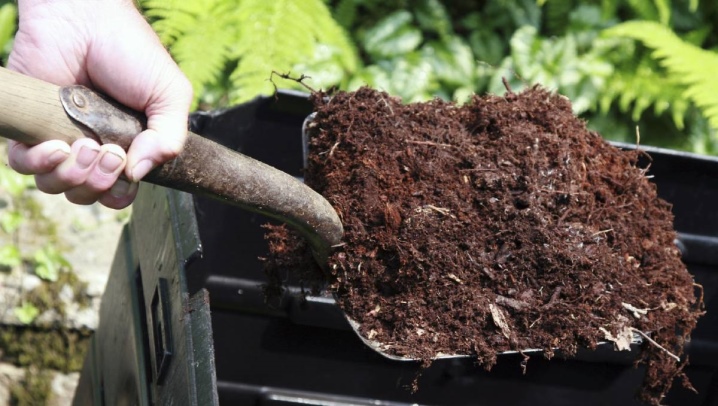
Variety of fertilizers
Over the millennia of agriculture, mankind has empirically found a variety of fertilizers that can be used to feed a particular crop to obtain consistently high yields. Science has come to the aid of farmers since the 19th century. This is how very effective substances and mixtures of industrial production appeared, which received the name of mineral fertilizers. Here are some examples of fertilizers most commonly used in autumn.
Mineral
Feeding strawberries with mineral fertilizers is a very effective way to increase their vitality and, accordingly, yield.
Most often, fertilizers of the following groups are used for this crop:
- nitrogen (nitrophoska);
- potash (potassium salt or potassium chloride);
- phosphoric (superphosphate, nitrophoska).
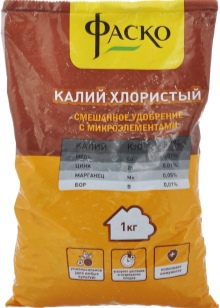
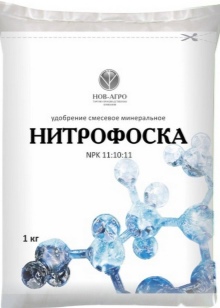

Nitrophoska can be classified as a fertilizer with a complex composition, it should be used if it is necessary to add nitrogen and phosphorus to the soil. A good source of nitrogen can be ammonia or ammonia solution, but they should be used very carefully as a fertilizer, since there is a danger of exceeding the concentration of the active substance in the solution, which can be detrimental to plants. Well it should be remembered that excessive nitrogen fertilization in autumn usually causes active growth of leaves and even the formation of new stolons (whiskers), which not only will not strengthen the plant, but, on the contrary, will force it to waste mineral elements that are so necessary in preparation for winter.It will be very difficult to overwinter such an overgrown bush, the likelihood of its death will increase significantly.
Nitrogen is very important in spring, when strawberries need to be prepared for flowering and fruiting.
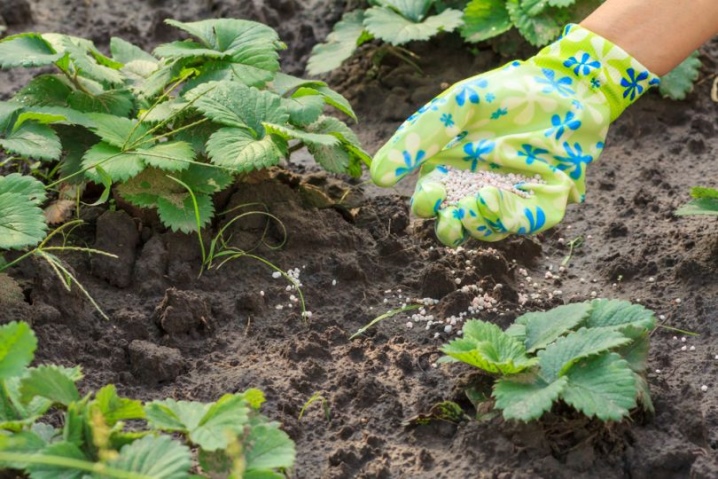
As can be seen from the name of the groups of mineral fertilizers, the main nitrogen substance is nitrogen, in the second case it is potassium, and in the last group, respectively, phosphorus. Usually, all these substances, one way or another, get into the soil from the remains of dead animals and plants, but problems often arise with this on the cultivated area, and the peculiarity of strawberries does not allow minerals to accumulate in sufficient quantities. Some of the substances are washed out by water into deeper soil layers and, due to the characteristic structure of the root system, becomes inaccessible for strawberries, and what remains is intensively consumed during fruiting and removed from the site along with the harvest. Soon, strawberries begin to experience a deficiency of substances necessary for normal functioning.
Some gardeners are afraid to apply mineral fertilizers to the soil, arguing their decision with the desire to obtain a so-called clean harvest, forgetting that garden culture, still not a simple plant, it is a form obtained through complex selection, for the disclosure of all the inherent properties of which natural conditions are unacceptable... For such a harvest you have to go to the forest. But even a simple comparison of wild and garden berries can show how much more intensively the soil is used by the latter, and if you do not add additional necessary substances, all its advantages will come to naught.
The most effective introduction of various kinds of mixtures. In addition, ready-made mixtures of mineral fertilizers in various proportions can be found on sale, their use significantly saves the gardener's time.
Wood ash, which contains potassium, phosphorus and a number of other elements necessary for plants, complements the mineral feeding quite well. This simple remedy has a long tradition of use, including helping to get rid of some insect pests. Ash is completely safe for a plant..
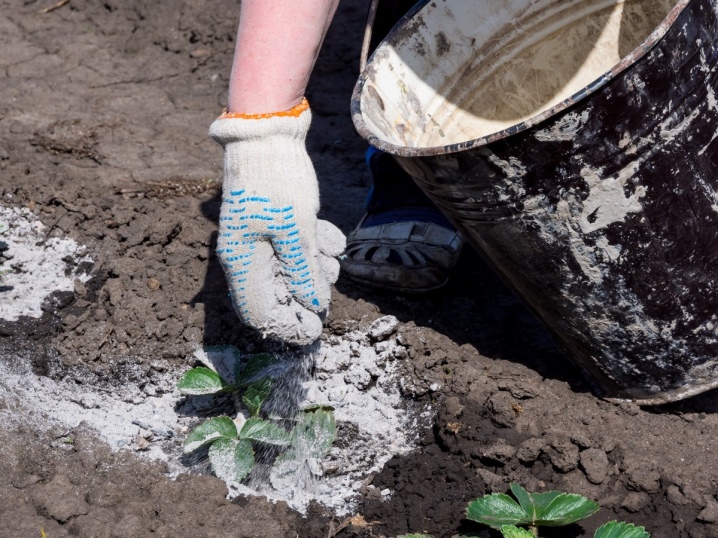
Yet one folk remedy for mineral dressing is boric acid, it enriches the soil with boron, which is necessary for plants when forming new buds and preparing for a new harvest. 1 gram of the substance is diluted in a bucket of water, the plants are watered with the resulting solution. The bucket should be enough for 30-40 bushes. The effect of this dressing is also twofold. Boric acid has disinfecting properties and will help in the fight against all kinds of fungi, while nourishing the plants.
Also as a source of calcium, potassium and phosphorus bone meal is often used, however, unlike mineral fertilizers, its effect is greatly extended in time and it will not be possible to obtain a quick effect... It can be applied for general soil enrichment, but as an autumn dressing aimed at strengthening strawberries for winter and preparing for the next harvest, it is still better to resort to industrially obtained mineral fertilizers.

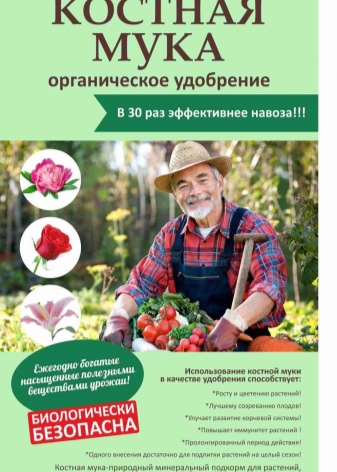
Organic
For thousands of years, agriculture did without mineral fertilizers, widely using organic matter as a top dressing - the waste products of domestic animals or processed plant residues.
In rural areas, for a long time, in orchards and vegetable gardens, free and practically unlimited cow or horse manure and chicken droppings have been effectively used.
It is important to remember that fertilization with unripe manure or poultry droppings is dangerous, due to the high aggressiveness of these waste products, since they have a high nitrogen content in the form of various kinds of acids that can cause burns to the leaves or roots of garden strawberries.
In summer cottages, where pets are not kept, and the products of their vital activity must be bought, the amount of such fertilizer is often very limited.
Gardeners have long learned to get the most out of even a small amount of organic matter. It can be used to mulch the aisles in the area with strawberries or to add it in the same way on the aisles. Such top dressing feeds the soil for 2-3 years.
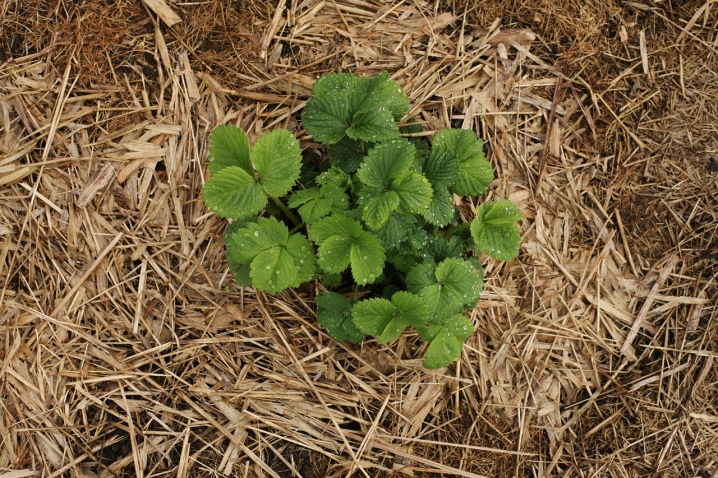
Manure, or as summer residents call it - mullein, must be diluted with water to the consistency of sour cream and let it brew for 2-3 days in order for the solution to ferment. Then it is still diluted with water approximately at the rate of 1 liter of solution per bucket of water and the resulting composition is poured over the strawberries under the roots.
The most aggressive is still bird droppings.... However, it also surpasses many organic fertilizers in terms of efficiency. Dry droppings can be added in a very limited amount between rows. However, all the same it is safer for feeding strawberries to dilute chicken manure with water in a ratio of 1:10 and let it ferment for 2 days... Watering the aisles, since even in such a diluted form, the solution will have an increased content of nitrates - substances containing nitrogen, and this, as already mentioned, stimulates the growth of leaves and stems, which is not necessary for strawberries by winter.
Perfectly feed strawberries and other crops with infusion of weeds... Such a tool not only helps to dispose of weeds, but also returns the substances removed by them to the soil. The best is the infusion of nettle.... Two-thirds of a bucket must be filled with herbs (stems and leaves) of nettles, pour water and let it brew for a week. Before watering the strawberries, dilute the infusion with water in a ratio of 1:10. Water at the root.

Good results can be obtained by using the so-called green manure as top dressing. - herbs with a high content of minerals: peas, lupines, beans, etc.
All of these plants belong to the legume family, a feature of many of which is the amazing ability to concentrate minerals. The greens of these plants are placed on the aisles of the strawberries and covered with earth.
Decaying, the stalks and leaves of green manure will give the soil accumulated by them nitrogen, phosphorus, potassium and other minerals.

A good result can be observed using bread as a top dressing.... Dried bread crusts must be poured with water and wait for fermentation to take place, at least a week. The solution must be mixed with water in a ratio of 1:10 and water the strawberry bushes under the root or between the rows with it. Yeast fungi enter the ground, which convert many minerals into a form that is convenient for plants to consume, thus contributing to their nutrition.
Another folk remedy - watering strawberries with milk whey... Sometimes it is on it that chicken droppings are insisted or wood ash is bred. This additional dressing not only enriches the soil with minerals, but also increases the acidity, and also serves as a breeding ground for the development of soil bacteria, which accelerate the decomposition of organic fertilizers.

When to fertilize?
The timing of feeding is largely determined by the climatic conditions of the region. So, in Siberia, these events have to be carried out two months earlier than in the Black Earth Region or the Moscow Region, where manipulations with strawberries usually end in October... The growing season of garden strawberries depends on the average daily temperatures, and nothing can be done about it, except to plant them in a greenhouse or greenhouse. But this way is much more expensive than traditional outdoor cultivation.
One of the factors determining the timing of feeding should be the life cycle of plants. Flowering, fruiting, preparation for winter and the accumulation of strength for the next harvest, these are the main stages that a cultivated plant goes through, and they should be guided by so that there is a good harvest for the longest possible time.

Feeding strawberries should be carried out, in any case, after fruiting.
The introduced substances can affect the quality of the berries, this is especially true for mineral fertilizers, which are quickly absorbed by plants and give an almost instant effect. Thus, active preparation for winter and the next harvest should be started immediately after the last fruits are harvested. In remontant varieties, it is difficult to wait until the end of fruiting, they can bloom and bear fruit until frost. For this reason, many of the necessary activities with such plants are postponed until late autumn.
Winterizing activities may include removing old foliage. After pruning, feeding is quite appropriate... Strawberries need, first of all, potassium and phosphorus, which are necessary for the establishment of new buds, including flower buds. Abundant feeding with nitrogen can provoke active growth of leaves and shoots, this will not allow the plant to accumulate enough nutrients for the coming winter, however, you should not completely ignore nitrogen feeding either. A mixture of organic matter as a source of nitrogen, with phosphorus fertilizers and potassium salt is perfect at this time.

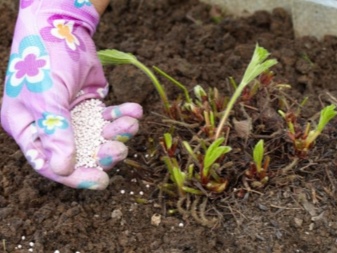
An autumn transplant to rejuvenate the plantation is also a reason to additionally feed the plants... Dry mineral fertilizers are applied during planting in the holes. Abundant watering promotes their active dissolution and assimilation by plants. After transplanting, strawberries can be fed with organic matter: manure or green manure, which are buried in the aisles. In the fall, the process of decomposition of organic fertilizers by bacteria will begin, then it will continue in the spring, this will allow the soil to accumulate enough substances necessary for the next harvest.

How to feed properly?
Basic feeding rules cannot be ignored.
- Mineral fertilizers are consumed quickly and efficiently, therefore, they are important, first of all, for the plants themselves, their accumulation in the soil is insignificant, since their active substances easily enter into reactions or are washed out by water into deeper layers of the soil. The application of mineral fertilizers near the roots or under the root gives the best result... It is for this reason that it is undesirable to use nitrogen fertilizers in autumn. They must be applied in the spring to gain green mass that will nourish the plant and form the basis of the future harvest.
- Organic matter is more important for enriching the soil on the site, its introduction under the root is optional, and sometimes dangerous... Usually, the effect of treatment with organic fertilizers will last for 3 years. Fertilize the site with them regularly. In this case, processes will constantly occur in the soil, releasing substances necessary for plants.
- Fresh manure or bird droppings are not allowed for strawberry bushes., since they contain quite aggressive acids that can cause burns to leaves and roots, and even the death of plants. To treat the area with this effective fertilizer, you should take the rotted material, and also dilute it with water. The solution should be infused for at least a week, fermentation reactions neutralize acids, and all substances useful for plants will remain in the same amount.
- Industrial Mineral Mixes for Strawberries Can Do Great Effects, it is important to follow the instructions when using them and in no case exceed the dosage.
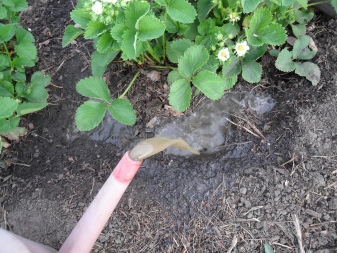
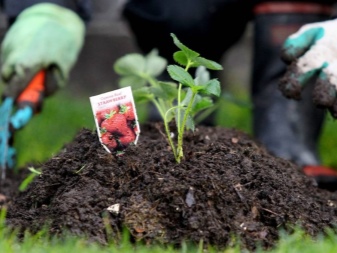
Recommendations
- The best results are achieved when combining organic soil nutrients with mineral fertilizers for plants.
- In autumn, rotted manure or compost from food waste can mulch the sitebusy with strawberries. You can also dispose of the weeds that have accumulated by the fall, replacing them with the so popular straw, it is important to make sure that there are no seeds on them. The procedure has a double effect, on the one hand, a slow feeding of the area is started, on the other, an air cushion is created that saves strawberries from winter frosts.
- To to achieve the best wintering results, you should not leave strawberries completely without leaves, it should go under the snow, having managed to recover from fruiting, thus, it is impossible to completely ignore the nitrogen fertilization, it is important not to overdo it with it. Manure or poultry manure is an excellent source of nitrogen in moderation.
- If for some reason it was not possible to carry out the autumn feeding on time, you do not need to do it under the snow, it is better to postpone some procedures until spring or even until next autumn, so as not to disturb the plants that are passing into a state of winter dormancy.
- If the autumn is dry, it is better to combine top dressing with regular abundant watering of the area with garden strawberries., water will dissolve minerals and create a favorable environment for microorganisms that decompose organic matter.

For more information on feeding strawberries in autumn, see the next video.













The comment was sent successfully.